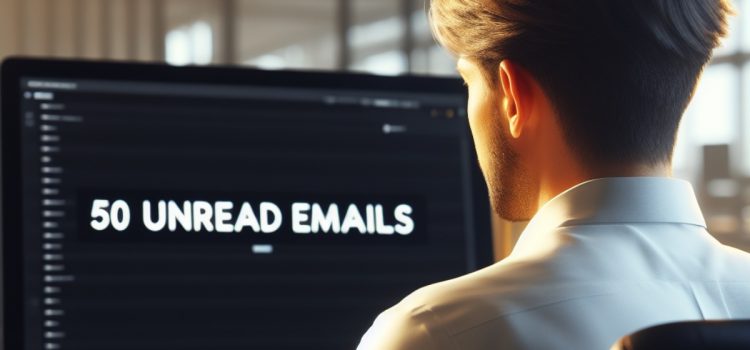
How many unread emails do you have? Do you know how to organize emails so you’re not overwhelmed?
According to Sarah Knight, there’s no reason to have 12,539 unread messages in your inbox. If your inbox is overwhelming, you can do something about it.
Check out how to organize emails so you have a manageable inbox.
Inbox Organization
The first step to learning how to organize emails is to set a goal. Knight recommends getting your inbox to zero (yes, it’s possible).
The next step is to make a plan and break your goal down into smaller steps. To get your inbox to zero, you’ll need to delete, file, or reply to all your messages. The level of chaos in your inbox will determine how long this task will take you. Knight recommends trying to complete this task all at once to minimize the risk of getting even more emails as you try to clear out the ones you have.
Now, you need to prioritize by giving time and energy to the task. Schedule your inbox cleanout into your day.
Finally, implement the plan. Ruthlessly delete, file, or reply until you reach your goal.
After this initial purge, Knight offers suggestions for maintaining a manageable inbox. First, she suggests you limit the number of emails you send. If you send fewer emails, you’ll receive fewer emails. One way to do this is to condense multiple emails into one: You can put questions or points of discussion in a draft email over the course of a week, then edit it for sending. Finally, she recommends being more thoughtful about the emails you do send. Keep them short and to the point. Prioritize important information, cut the fluff, and put a time frame on any requests you make.
| Is an Overcrowded Inbox a Personal Problem? In A World Without Email, Cal Newport argues that if you’re struggling with an overcrowded inbox, it may be less a reflection of whether you have your shit together and more an indicator of unproductive communication practices within your organization. According to Newport, an overcrowded inbox arises from a flawed system known as the “hyperactive hive mind” where workplaces are dependent on constant, unstructured online conversations. This method of communication results in a torrent of emails that can overwhelm even the most organized person. Newport proposes that these issues can be addressed at the organizational level by implementing processes and systems that reduce the dependency on constant online communication. Employers can take steps to cultivate a culture of deeper work focused on tasks that are important and meaningful while reducing time spent on emails. Of course, some aspects of managing an overflowing email inbox still fall on you. While Newport doesn’t offer suggestions on how to personally limit emails, he does offer ways to make your inbox less overwhelming. According to Newport, time-blocking—scheduling uninterrupted periods of focus—can help ensure emails don’t encroach on other important tasks. Newport also suggests dedicating specific times for writing and responding to emails, eliminating the unproductive habit of continuous email-checking. A combination of Knight’s strategies for minimizing email and Newport’s suggestions for limiting distraction can help bring down email-induced stress, making your working hours more efficient and productive. |






